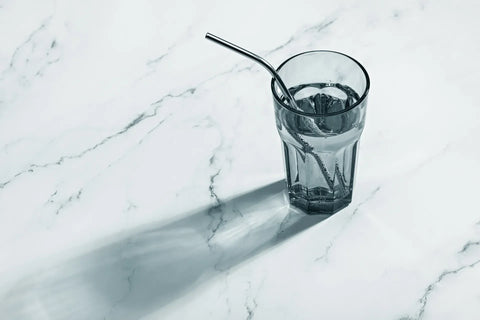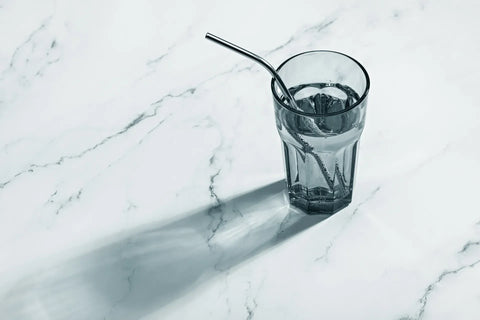Consumers freaking out: Microplastics in tap water?
Even the most backwoods person knows by now that plastic is a huge problem. Our garbage isn't just floating around in the oceans—no, microplastics are now also found in tap water! Sounds crazy, but it's true. In the US, a major study tested water worldwide for microplastics. And surprise: Even our beloved, ultra-pure German tap water got it—there are actually plastic particles floating in it!
A study by the NGO "Orb Media," together with the University of Minnesota, tested water samples for microplastics. The big question was: Is only the environment—oceans, lakes, and rivers—affected, or also our sacred German drinking water? Well, the sad answer: microplastics are at play here, too. 159 samples from various countries were examined, and microplastics were found in more than 80 percent of them. Yes, you read that right—in *over 80 percent!*
USA on the winners’ podium – unfortunately with microplastics in tap water
The USA once again takes first place here – albeit in a category they're probably not proud of: Over 90 percent of the samples from the USA were contaminated with microplastics. Closely followed by India and Lebanon, which also have a significant amount of plastic in their water.
But don't worry, Europe also has a bit of a microplastic problem. France, Great Britain, and Germany fared better, but hey – 72 percent of the German samples also contained plastic. Not exactly reassuring when you're showering and cooking with a hint of microplastics, is it?
How does plastic actually get into our drinking water?
This hasn't yet been fully clarified. What is clear is that plastic particles could enter the water via the air. Clothes dryers, ventilation systems, and the like blow the small particles into the atmosphere, and then—into the groundwater. Plastic bags and other plastic waste in our waterways don't degrade either, but rather become smaller and smaller through abrasion. But no one knows for sure yet.
And the worst part: These tiny particles are so tiny that they slip through the water filters at wastewater treatment plants. There simply isn't a filter yet that can completely remove microplastics from the water. So these things persist in the water cycle and ultimately end up in our drinking water.
However, since most of the particles are larger than a micrometer, a large portion can still be removed at home. NFP Premium from Carbonit filters out everything larger than half a micrometer. IFP Puro even manages 0.15 micrometers. Do both fit into this Countertop filter or in these Under-sink filters . Most of them are currently Reverse osmosis filter out, with up to 0.0001 micron filter fineness.
Nevertheless, plastic nanoparticles still remain.
But the fact that you don't drink over 90% of the plastic particles is really good, isn't it?
How dangerous is microplastic in drinking water?
Well, good question. Researchers aren't quite sure yet. What we do know, however, is that microplastics are a real disaster for marine life. Fish feed on the stuff and filter it out of the water, which has pretty unpleasant consequences—tumors, impaired bodily functions, and a higher mortality rate. Doesn't exactly sound like a wellness retreat for the body.
Is mineral water the solution?
Now you might be wondering: Should I switch to bottled water instead? A good idea? - Unfortunately not! The study also found microplastics in bottled water, even more than in tap water. Even the fanciest glass bottle won't help.
So: bottled water is not a better alternative.
---
Conclusion: Ingest as little microplastic as possible!
Microplastics can't currently be completely removed, but there's no need to panic. Scientists are already working on better filters that can remove even the smallest plastic particles from the water. Until then, you can continue drinking your filtered tap water, which has removed most of the microplastics thanks to filtration in your kitchen.




Comments (0)
There are no comments for this article. Be the first one to leave a message!